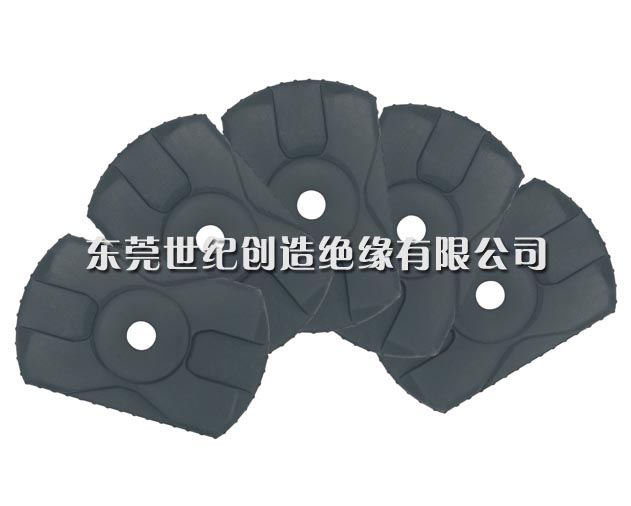Uneven phenomenon of oversized or undersized foam pores in EPDM rubber foam strips
Release Date:2024-01-20 Click:3229
1. The foaming agent exhibits agglomeration phenomenon. The solution is to sieve the agglomerated particles, thoroughly powder the coarser particles, and then mix them thoroughly to evenly disperse them.
2. The compounding agent contains too much water or air and other impurities mixed in the rubber material. In this case, the excess moisture in the compound should be removed first, and the air and impurities in the rubber material should be thoroughly removed to fully vulcanize them.
3. It may be due to insufficient vulcanization that there is a phenomenon of continued pore formation after the pattern is formed. At this point, corresponding adjustments should be made to the conditions of the vulcanization process, and the amount of vulcanizing agent used should be increased to meet the corresponding standards. Common problem four: EPDM rubber foam strips are over vulcanized or under vulcanized. Overvulcanization generally causes discoloration on the surface, small pores, high hardness, and cracking at the edges of the product. The cause is improper operation, high temperature, long vulcanization time, or instrument failure. All valves and instruments should be checked for problems, and the operating rules should be strictly followed.
4. When the under vulcanization is insufficient, the internal pressure of the pores after demolding is greater than the external pressure. If the rubber material continues to develop pores, it may cause low hardness, poor strength, and large deformation; Heavy eyelets. Instruments and valves should be checked for any issues, and operating rules should be strictly followed.
Note: Quality control indicators for rubber foam products
(1) The apparent density, the smaller the better;
(2) The mechanical strength is generally;
(3) Permanent deformation under static compression;
(4) Hardness;
(5) Impact elasticity;
(6) Continuous dynamic fatigue;
(7) Aging test (70 degrees * 70 hours; 100 degrees * 24 hours);
(8) Low temperature test. After the introduction by the editor of Junyi Sealing Strip Factory in Qinghe County, I believe that everyone has a certain understanding of the solutions to some quality problems that occur in foamed rubber. Quality problems in foamed rubber are inevitable in daily life, as long as these problems are solved in a timely manner.
Next article:Why do we need to vulcanize rubber?
Related news:
- Introduction to Rubber Sponge
- The main factors affecting the vulcanization process of rubber
- The principle of rubber foaming and how it is used for listening to voice during mixing in an internal mixer
- How to distinguish the quality of rubber foam strips?
- How rubber foam strips have a shock-absorbing effect
- Selection of Rubber Raw Materials for Rubber Sponge Products
- Why do we need to undergo secondary rubber vulcanization?
- What are the high-temperature resistance characteristics of rubber sponge materials reflected in?
- Common processing methods for sponge rubber foaming
- Why does rubber undergo significant changes in its properties after vulcanization








